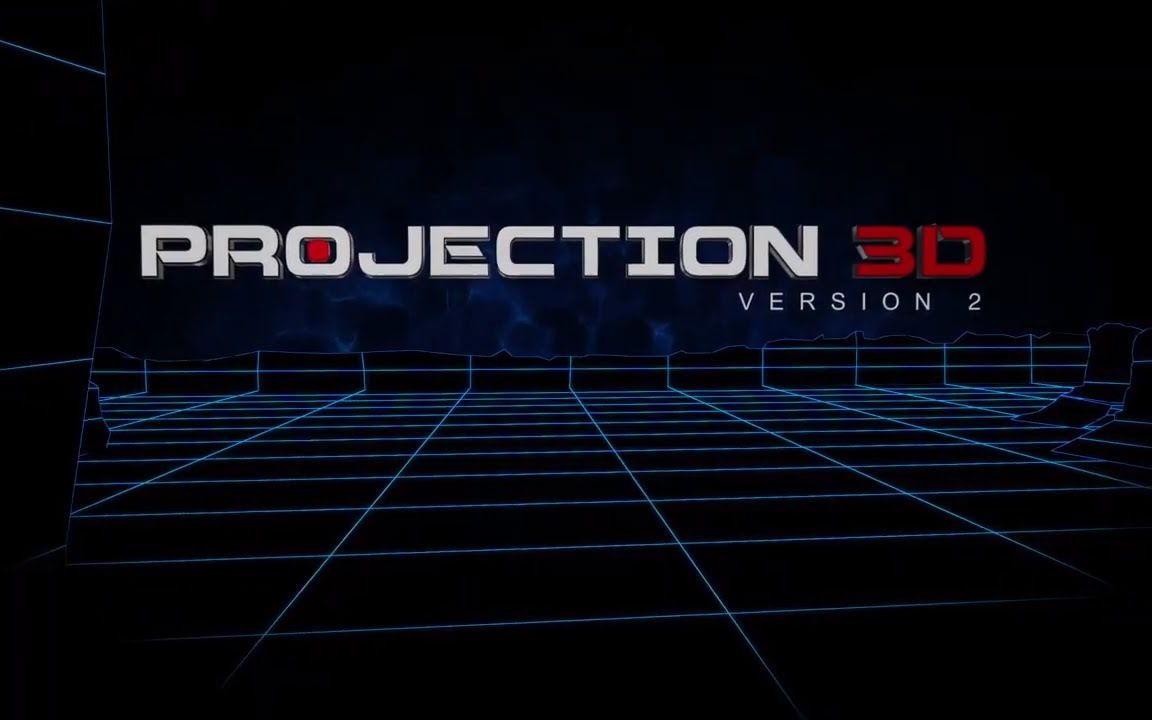


The hero image of this post was created using the Compressor and Echo filters applied to the entire file. You’ll see the waveform change as each filter effect is applied. I have found the Invert, Reverb, Reverse, Wahwah, Compressor and Echo work quite well, but here is where you can experiment. Once we have a selection, we can apply any of the filters under the Effects menu. In some cases it’s better avoid selecting the beginning (first 5-10 seconds of the waveform) of the file as this contains the file header, a section of the file which contains information needed to display the image, if the image won’t display after exporting consider leaving the header intact. Now we can select any portion of the file or its entirety by clicking and dragging on the waveform (the chart-like display). The image will now be open as an audio file, I don’t suggest pressing play. Defaults will work fine for the rest of the import options. We will have to export with the same encoding setting so remember which was selected. Once we have an image and Audacity installed, open Audacity and import the image by selecting:Īudacity will then ask for some information about the file we are importing, we’re going to lie, for Encoding select either U-Law or A-Law. Secondly we’ll need a databending-friendly image, the BMP format works well for this type of bending.

Moshing Enginesĭatamosh 2 = two new moshing engines! We’ve rebuilt our backend moshing software to provide you with the utmost control in punishing pixels as you please.Firstly we’ll need some audio processing software, many will work, Audacity is free, supports many platforms and works quite well for glitching images. We’ve made some hefty upgrades to the tracking precision! Expect to find soupier I-frame deletions and more vivid motion vector manipulations. Combine multiple mosh markers for a modular experience. Find out what we have added! Marker Workflowĭial in your moshes by strategically setting markers for where to mosh. What’s New in Datamosh 2?ĭatamosh 2 was rebuilt from the ground up to conquer any itcheness for glitchiness. Motion vectors are directions for where pixels from previous frames should be moving from frame to frame.ĭatamosh works by ruthlessly tampering with these compression techniques. Video compression works by storing some frames as full pictures and some frames as data on where previous pixels are moving (motion vectors). Remove frames, hijack motion and swap motion from other clips. Datamosh 2 is the latest iteration of After Effects glitching that allows you to break video files in countless fashions.ĭatamosh 2 brings 60+ moshing algorithms, 16x more precision, 6 new parameters and a new marker workflow.


 0 kommentar(er)
0 kommentar(er)
